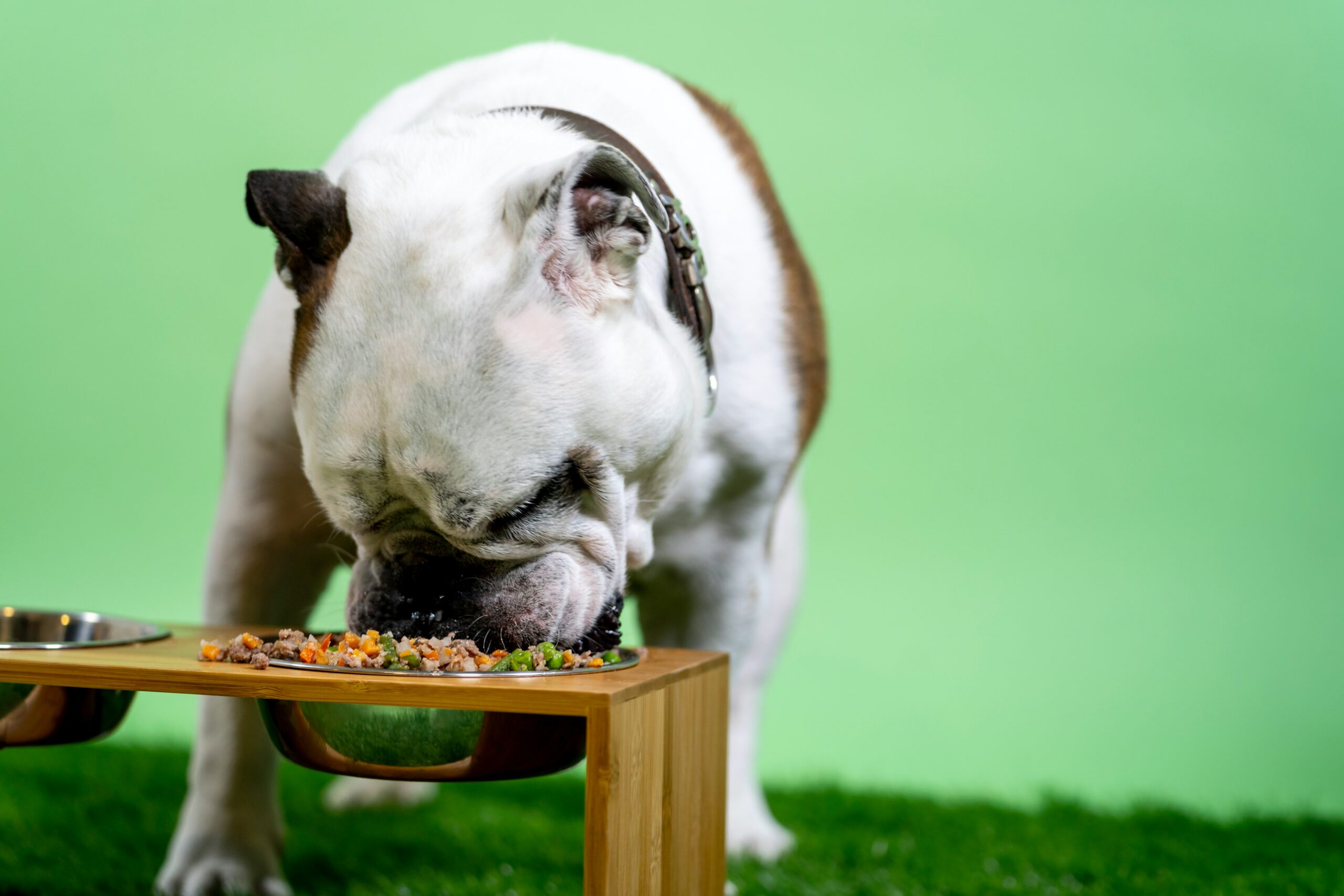The Balanced Bowl: Mastering Portion Control for a Healthier Dog
The article highlights the importance of portion control in dog feeding to prevent obesity and related health issues, emphasizing the role of pet owners in implementing proper practices for their dogs.
Overview of Portion Control in Dog Feeding
Portion control in dog feeding is a fundamental practice that involves regulating the quantity of food provided to dogs to support a healthy weight and optimal health. It serves as a proactive approach to prevent obesity and associated health complications in dogs, emphasizing the importance of feeding them just the right amount of food they require. By practicing portion control, pet owners contribute significantly to their dogs’ well-being by ensuring they do not consume excess calories that could lead to weight gain and health issues.
One example illustrating the significance of portion control is that overfeeding dogs can result in various health conditions such as diabetes, arthritis, and even cancer. By carefully measuring food portions and following feeding guidelines, pet owners can help maintain their dogs’ weight within a healthy range, promoting longevity and an improved quality of life. Consequently, portion control acts as a preventive measure against health issues related to obesity, underscoring its role in enhancing the overall health and well-being of dogs.
Understanding the Significance of Maintaining a Healthy Weight
Obesity is a common concern among dogs in contemporary times, with over 50% of dogs in Canada being overweight or obese, a condition that can lead to severe health issues such as diabetes, arthritis, and even cancer. Pet owners often fail to recognize the adverse effects of obesity on their pets’ well-being, attributing it to breed characteristics or simply not realizing the severity of the situation. For instance, even a few extra pounds can significantly impact a dog’s health, reducing their lifespan by up to 2.5 years.
Managing pet obesity requires a holistic approach, including controlling portion sizes, offering high-quality and nutritious food, precisely measuring portions to avoid overfeeding, restricting calorie-dense snacks, and ensuring regular exercise to maintain an active lifestyle. By considering factors like age, activity level, breed, and gender, pet owners can tailor their dogs’ diet to meet their specific needs and prevent the detrimental consequences of excess weight. This highlights the critical role of portion control in safeguarding dogs from obesity-related health complications and enhancing their overall quality of life.
Benefits of Proper Portion Control for Dogs
Proper portion control is essential for maintaining a healthy weight in dogs, and it plays a significant role in their overall well-being. Overfeeding dogs can have detrimental effects on their health, such as an increased risk of developing diseases like diabetes, arthritis, and cancer. For example, excessive food intake can lead to obesity, which is a common issue among dogs and can significantly impact their quality of life and longevity. By adhering to portion control guidelines, pet owners can help prevent these health problems and ensure their furry companions lead a healthy and active lifestyle.
Moreover, the “25 rule” serves as a practical tool for pet owners to determine the appropriate ratio of the main ingredient in their dog’s food, promoting a balanced and nutritious diet. This rule aids in ensuring that dogs receive the necessary nutrients in the right proportions, contributing to their overall health and vitality. Additionally, by monitoring and managing food portions effectively, pet owners can address weight-related concerns and improve their dogs’ overall well-being. This proactive approach not only helps in weight management but also fosters a healthier lifestyle, reducing the likelihood of obesity-related complications and enhancing the dogs’ quality of life.
Effective Strategies for Implementing Portion Control in Dog Feeding
When it comes to managing portion control for dogs, calculating their daily caloric requirements is a fundamental step in ensuring they receive the right amount of food tailored to their specific needs. Factors such as age, breed, activity level, and gender play a crucial role in determining the appropriate portion sizes for dogs. For instance, a senior dog with lower activity levels may require fewer calories compared to a younger, more active dog of the same breed.
Moreover, the importance of accurate measurement in portion control cannot be overstated. Pet owners often underestimate the amount of food they provide to their dogs, which can lead to overfeeding and potential health issues. For example, using a measuring cup or scale to portion out meals can help maintain consistency and prevent unintentional overeating. Additionally, offering smaller, more frequent meals throughout the day instead of one or two large meals can help regulate food intake and prevent excessive consumption, contributing to better weight management and overall health.
Importance of Quality Nutrition and Exercise for Dogs
Quality nutrition is paramount for dogs to thrive and maintain optimal health. By carefully reading food labels, pet owners can guarantee that their furry companions receive food rich in essential nutrients like protein, vitamins, and minerals. For example, ensuring that a dog’s food contains adequate protein is crucial for muscle development and overall well-being. Additionally, checking for the presence of essential fatty acids like omega-3 can support a dog’s skin health and coat quality.
Exercise is equally vital in a dog’s life as it promotes physical fitness and mental stimulation. Engaging in activities such as daily walks, interactive play sessions, or even agility training not only helps in burning calories but also enhances a dog’s cardiovascular health and muscle strength. For instance, regular walks not only provide physical exercise but also offer mental enrichment through exposure to different environments and social interactions with other pets and people. Moreover, interactive play sessions strengthen the bond between pets and owners, fostering a positive relationship and promoting overall well-being.
To ensure a dog’s long-term health and well-being, pet owners must pay close attention to both nutrition and exercise, as they are integral components in maintaining a happy and healthy canine companion. By focusing on providing quality nutrition and regular exercise, pet owners can significantly contribute to their dog’s overall quality of life and enhance the human-animal bond that they share.
Concluding Thoughts on Portion Control in Dog Feeding
Ensuring proper portion control in dog feeding is paramount for the health and longevity of our beloved pets. It is imperative for pet owners to understand the significance of managing food portions to prevent obesity and its related health complications. For instance, overfeeding dogs can lead to severe conditions such as diabetes, arthritis, and cancer, underscoring the critical role that portion control plays in safeguarding a dog’s well-being.
Moreover, accurate measurement of food portions is a key factor in maintaining a healthy weight for dogs. Research indicates that pet owners often inaccurately estimate the amount of food they provide to their dogs, highlighting the importance of using tools like online calculators to determine precise daily caloric needs based on factors like age, breed, and activity level. By implementing these measurement practices diligently, pet owners can effectively manage their dogs’ weight and reduce the risk of obesity-related health issues, ultimately enhancing their pets’ quality of life.




 Book Appointment
Book Appointment